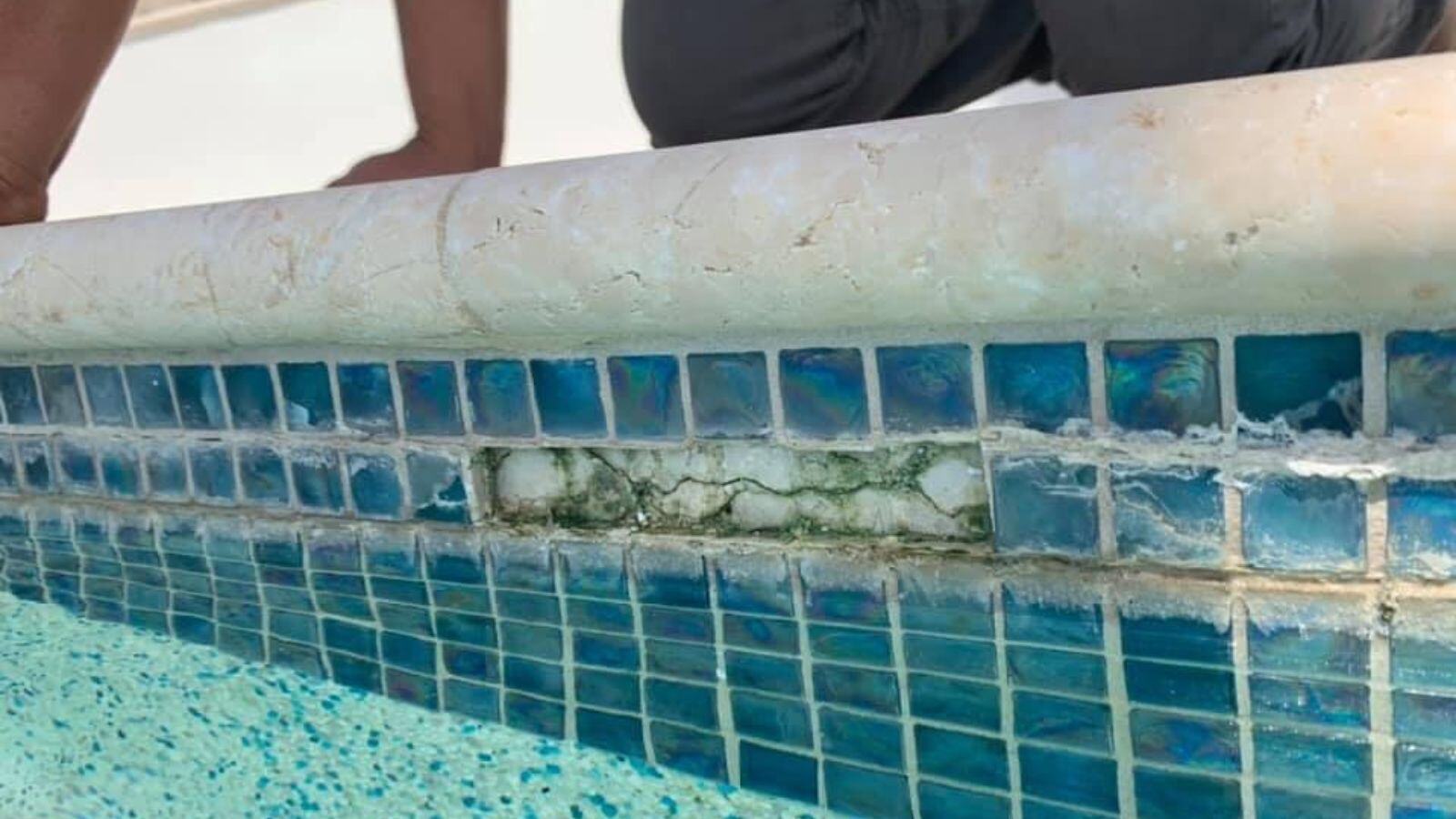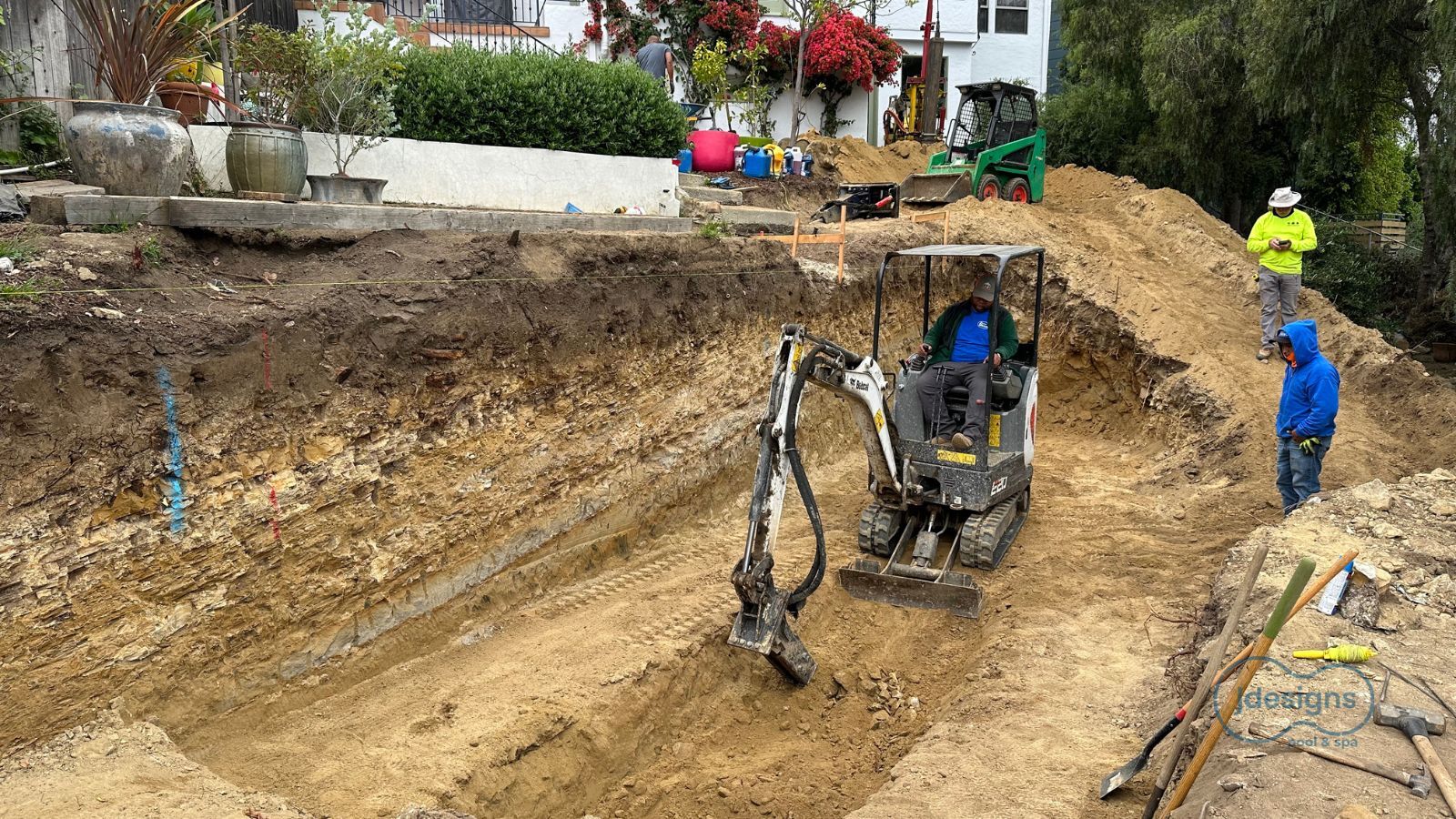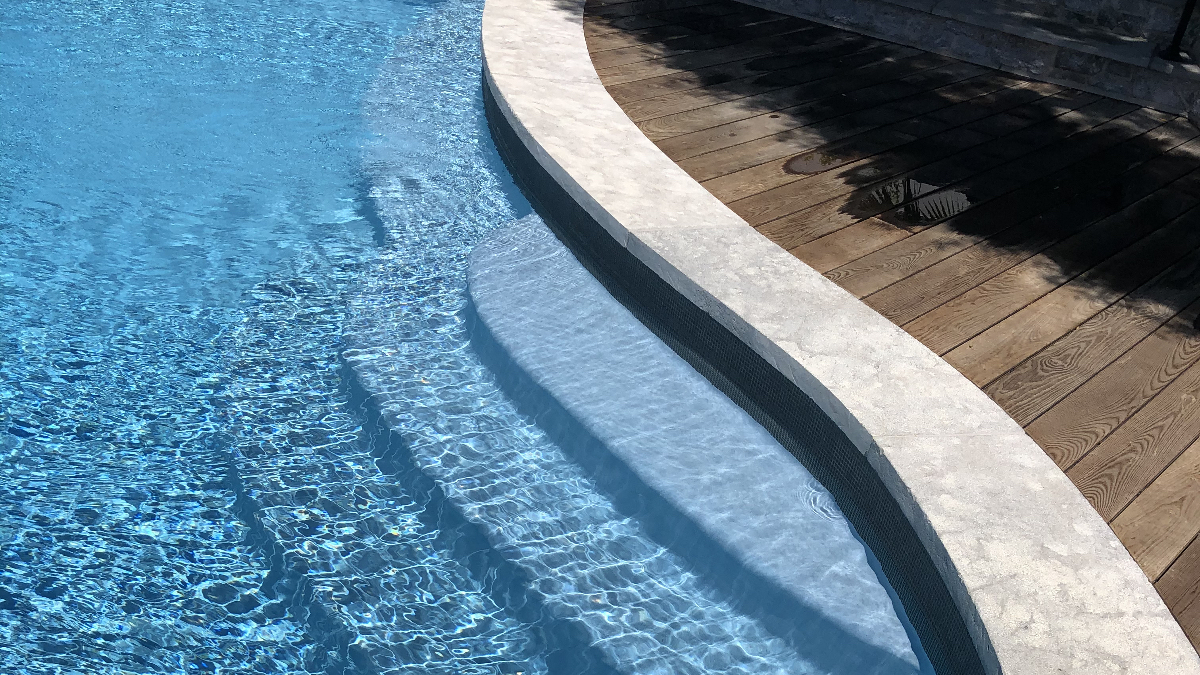Do You Need a Soils Report Before Pool Construction in LA?
The Hidden Soil Risks That Can Destroy Your Pool and Budget Why a Proper Soils Exploration Is Critical Before Building a Pool: A homeowner’s guide to...
2 min read
JC Escudero : Mar 29, 2025

At J Designs Pool & Spa, we often get calls from homeowners worried about cracks in the tile around their pool’s waterline. The assumption? It may seem a simple tile issue. But in reality, this is usually a symptom of a bigger structural concern—one that traces back to improper expansion joints, poor soil preparation, and subpar craftsmanship during construction.

Your pool and the surrounding deck are separate structures, each reacting differently to soil expansion, contraction, and natural ground movement. When an expansion joint is missing or incorrectly placed, the deck pushes against the pool structure. The weakest point? is right where the coping meets the pool—exactly behind where your tile was installed. Over time, pressure builds, and that’s when you notice those unsightly cracks in your tile.
One of the biggest factors in preventing this issue starts beneath the surface. Proper soil investigation and preparation before construction ensure your pool and deck remain stable. If a pool is built on poorly compacted fill soil, the ground can shift unpredictably, increasing stress on the structure. Removing fill soils and replacing them with properly compacted, load-bearing material helps minimize movement and long-term damage.
A soils engineer can assess site conditions and ensure the foundation is stable, while a structural engineer can design reinforcements to handle natural ground movement. When these professionals are involved, costly problems like tile cracks and deck separation can be avoided. Following their design details and recommendations plays a crucial role in a successful installation.

The expansion joint between the pool’s coping and deck is super important. It helps prevent damage when the ground moves or shifts. This joint is filled with mastic, a flexible sealant that absorbs movement and keeps the deck from pressing against the pool.
But over time, mastic can crack, shrink, or wear out, letting water sneak in. This can wash away soil, causing bigger problems like cracked tiles, loose coping, and structural damage.
This joint needs regular maintenance to keep your pool safe.![Copy of [TEMPLATE] Vertical Blog Visual](https://www.jdesigns.com/hs-fs/hubfs/Expansion%20Joint%20Blog/Copy%20of%20%5BTEMPLATE%5D%20Vertical%20Blog%20Visual.jpg?width=250&height=333&name=Copy%20of%20%5BTEMPLATE%5D%20Vertical%20Blog%20Visual.jpg)
The Tile Council of North America (TCNA) also recommends installing this expansion joint between the coping and the deck. These joints let the pool move naturally without breaking, helping everything stay strong and in place.
When not in place, this can lead to:
According to the Tile Council of North America (TCNA), a secondary expansion joint should also be placed between the top of the tile and the bottom of the coping. This additional joint helps absorb movement between the pool shell and the tile band, reducing stress and preventing cracking. This secondary expansion joint enhances flexibility when properly installed, allowing the pool to shift naturally without damage.


To fix a cracked beam, the tile and coping should be removed (if possible), and the crack should be filled with epoxy or non-shrinking grout before reinstalling the tile. But here’s the catch—you’ll likely need to drain the pool and replaster the surface.
The repair is often bigger than it seems. If too much water has seeped in, the damage might be structural, meaning a simple fix won’t work. In that case, the beam will need extra care to restore its strength.
The solution? Proper planning, soil preparation, and execution from the start. A well-placed expansion joint—filled with a high-quality, flexible sealant—will accommodate movement and protect the integrity of your pool. If you notice tile cracks, don’t just patch them up; inspecting the underlying cause is crucial. Good drainage to prevent water intrusion in or near the coping is highly recommended.
At J Designs Pool & Spa, we take structural details seriously. We build pools designed to last by working with experienced engineers and observing best construction practices. Contact our team if you suspect your pool needs an expansion joint repair. We’ll assess the situation and provide solutions beyond surface-level fixes because your pool deserves the best.
Want to learn more about other types of pool cracks? The following Blog has more insights about older pools: Signs you should renovate your pool

The Hidden Soil Risks That Can Destroy Your Pool and Budget Why a Proper Soils Exploration Is Critical Before Building a Pool: A homeowner’s guide to...

Why Pool Coping Fails - How to Avoid Expensive Repairs If you’re planning a new pool or renovating an older one, it’s completely normal to feel...

Have you ever wondered why your pool company talks about “certified technicians”? Or why does Los Angeles County require strict training and testing...